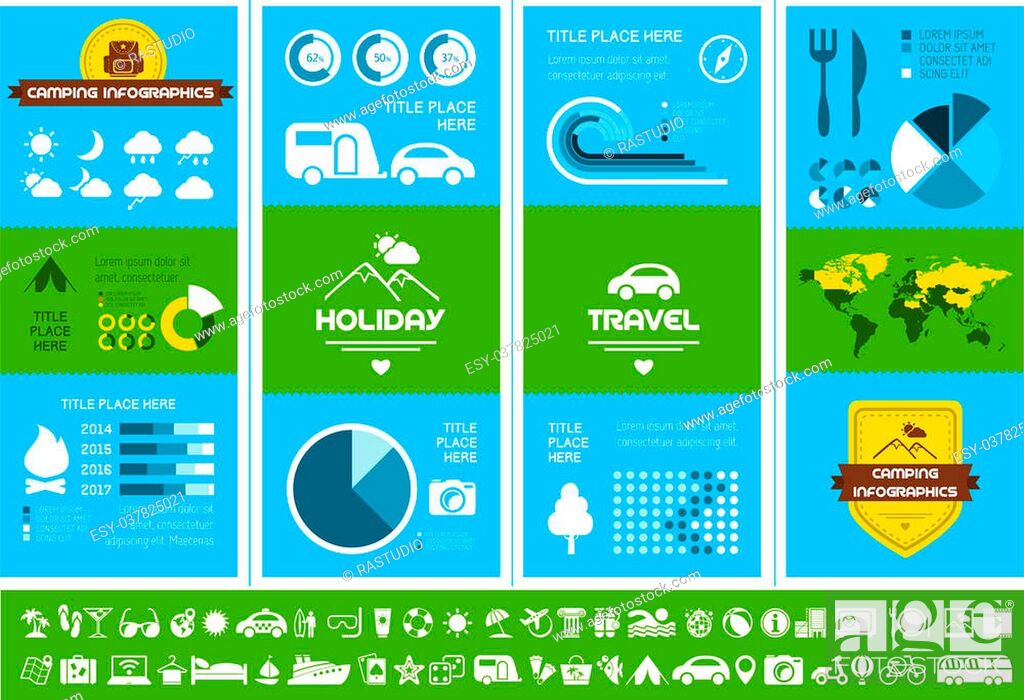Why Wall Tents Are Popular In Outdoor Education Programs
The Advancement of Wall Camping Tent Framework LayoutAs outdoor camping evolved to reflect a wider cultural shift toward mindfulness and sustainability, camping tent style did the same. Whether it's via instinctive configuration solutions or the application of Fitts' Legislation, modern outdoor tents design remains to innovate and increase camper's options for exterior exploration.
The wedge outdoor tents, additionally called a wall surface camping tent, can be constructed by erecting the ridgepole atop upright poles and freely staking down each side. This permits even more living and moving area than an A-frame tent.
The A-Frame
One of one of the most legendary camping tent layouts is a traditional A-frame. This structure takes its name from its roofline, which appears like the capital letter A. This shape develops a vaulted ceiling that gives an open, spacious feeling inside the home. The sloping walls also make second-level loft space rooms suitable for sleeping.
In the past, a good scout can set up a canvas A-frame outdoor tents in 2 minutes or less. A contemporary A-frame cabin can supply the same simplicity of installment, yet with better weather condition security and even more usable room.
A-frames are an excellent example of functional design, which emphasizes minimizing the complexity of a product to ensure that it can be extra quickly recognized and used. Today, UI/UX developers utilize this principle to craft user-friendly interface that allow customers to achieve their goals with optimal performance. This approach mirrors the A-frame's origins as an option to human demands. The simplicity of A-frames also reflects a desire for outdoor experiences that balance technological advancement with a deeper connection to nature.
The Wedge
Whether you are brand-new to wall surface outdoors tents or are a skilled camper, picking the right structure for your canvas sanctuary can seem like a frustrating experience in the beginning. With a lot of options for fabric, structures and degrees of security from the elements to consider, you can quickly get shed in a sea of lingo.
Thankfully, browsing the world of wall surface camping tents doesn't need to be so challenging. We have actually created our own system to aid you simplify your choices. With our easy Wedge model, we have actually gotten rid of the need for complex fabric and structure choices so you can invest more time appreciating your trip and less time stressing over your sanctuary.
The Baker
The baker tent is a customized lean-to style tent. It is a very flexible and helpful shelter that can be zoomed limited versus the elements or opened to let in the heat of a reflector campfire. The baker was the camping tent of choice of several logging camps and wild canoe adventurers in the 1800's. The baker tent additionally gained prestige in the very early 1900's when nationally recognized exterior author Horace Kephart made use of a baker outdoor tents at his popular base camp on Dicks Creek in North Carolina.
Picking the ideal internal framework, tube size and fabrication is an important consider figuring out the stamina of your wall camping tent and how it will certainly deal with altering weather conditions. Additionally, a substantial part of your wall camping tent's longevity and capability is determined by the therapy that it has been subjected to. Bravo's bonded steel internal frameworks are constructed making use of exceptional 1 3/8 inch galvanized tubes and heavy duty welded angle packages that are braced for extra stamina.
The Whelen
In a time of boosting automation and urbanization, outdoor camping was a going back to basic nature appreciation. It used a chance to value flaws in materials and asymmetry of the landscape, to embrace the transience of everyday rhythms of rising, relocating, resting, and relaxing, and to connect with the natural world at an sleeping bag exceptionally human level.
Early camping tent layouts were crafted with an eye to economic situation of space and weight, yet we have seen a desertion of these traditional ideas towards larger, gangly layouts that take longer to set up, need even more mindful planning of the footprint, and deal less in terms of weather security. In this way, the modern-day tent reflects a societal shift far from technological improvement and in the direction of mindfulness, sustainability, and admiration for a more natural world. Similar to outdoors tents, UI/UX layout is also fixated meeting human requirements. Fitts' Legislation, for instance, educates us to focus on the size and distance of interactive elements in order to facilitate quicker and more efficient individual interactions.
